cross-functional. interdisciplinary. multimodal.
interested in joining or proposing a project? email info@confluxcollective.org
Ongoing
Have an idea? Propose a project at tinyurl.com/confluxprojects
Spring 2024
an interdisciplinary learning community that thinks about robotics as a soft subject. In this we are learning about theories on the body and get hands-on by building soft robots.
Fall 2023
a musical interface controlled by the user's brain signals, showcasing a conversation between human and machine
the first fully AI-generated literary magazine allowing students across campus to create work using generative methods [2023 project, temporarily paused]
Yearlong/
Ongoing
powered by agrovoltaics, a hybrid garden examining the ecological cost of AI-generated images, presenting a future where land use, community, and phygital ecosystems can exist in a beautiful symbiosis
thinking outside the white cube and inside black boxes, we transform the museum into a participatory environment, drawing a metaphor between the concept of interpretability in artistic and technical fields
AXIS--ABILITYin collaboration with the Science, Technology, and Society Program at the Harvard Kennedy School
what it will mean to be human in a future that offers us radically new ways of moving within it? This anthology grapples with the ill-construed binary of accessibility and augmentation in technological development when it comes to imagining – and creating — a "Future Human"
Archive
2022-2023
- Notes on Love (Spring): generative AI, data visualization, UI/UX
- Musical Chairs (Fall, Spring): music tech, augmented furniture, ML, installation
- Wormholes (Fall, Spring): software, installation
- Inner Piece (Winter): hardware, biosensors, installation
- Passage to Possibility (Winter): AR, paintin
- Growing Your Tree (Winter): projection mapping, interactive design, depth sensor
- Recognition (Winter): VR, software
- Edge of an Atlas (Winter): poetry, projection mapping
- Gestural Generations (Fall, Winter): generative music and art, depth sensor
- Nervous Network (Fall): hardware, biosensors, wearable tech
Notes on Love
May 1st, 2023
Advocate BuildingOn May 1st at 7pm, we hosted the event "Notes on Love," at the Advocate an evening of art-tech projects and genuine conversations centered around the theme of life, love, and connection between people.
The event featured beautiful art-tech projects and visualizations, food and drinks, community-contributed love letters, and conversations all around the theme of life and love.
See one visualization by Alicia Guo (MIT) here.


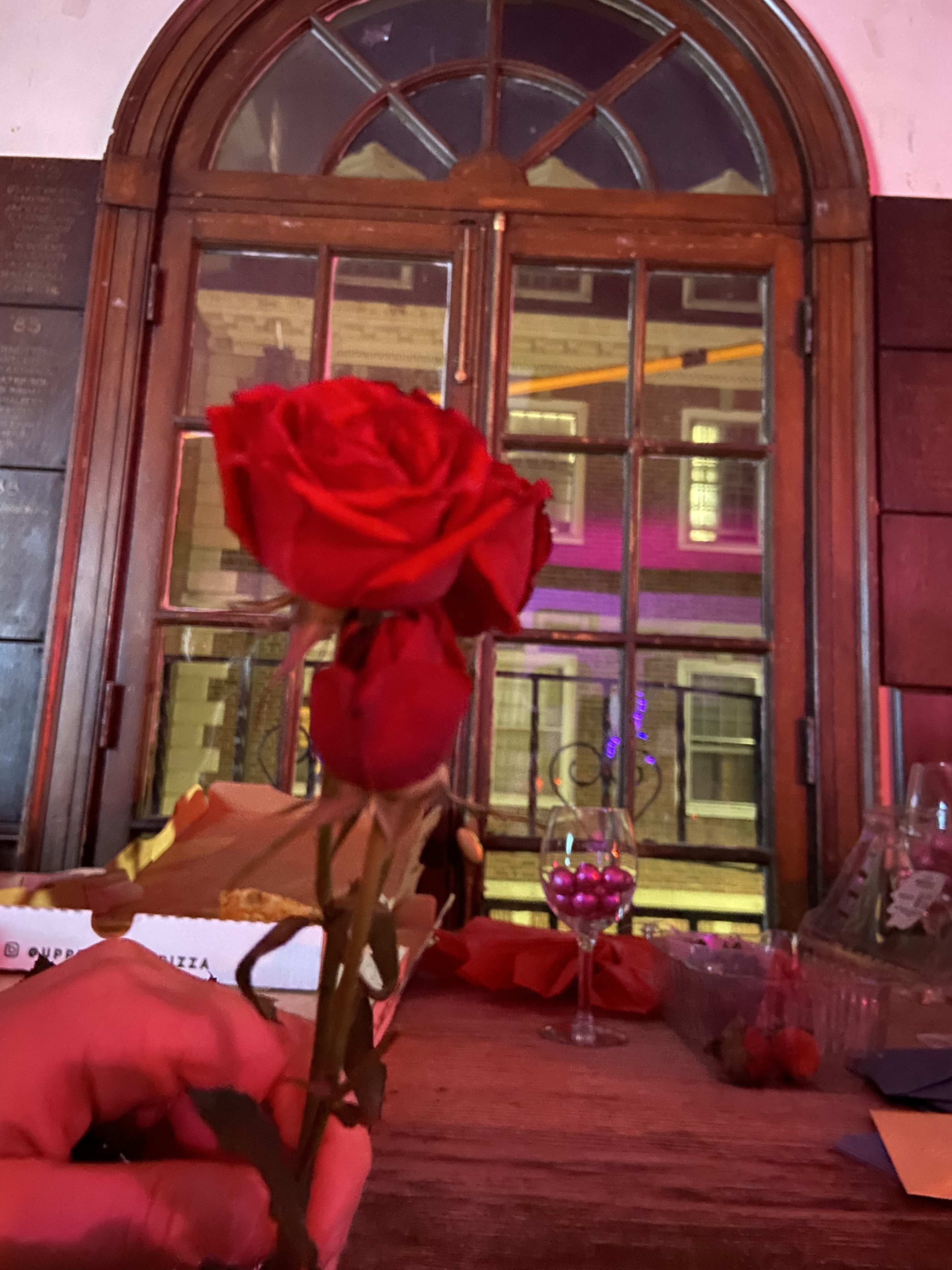
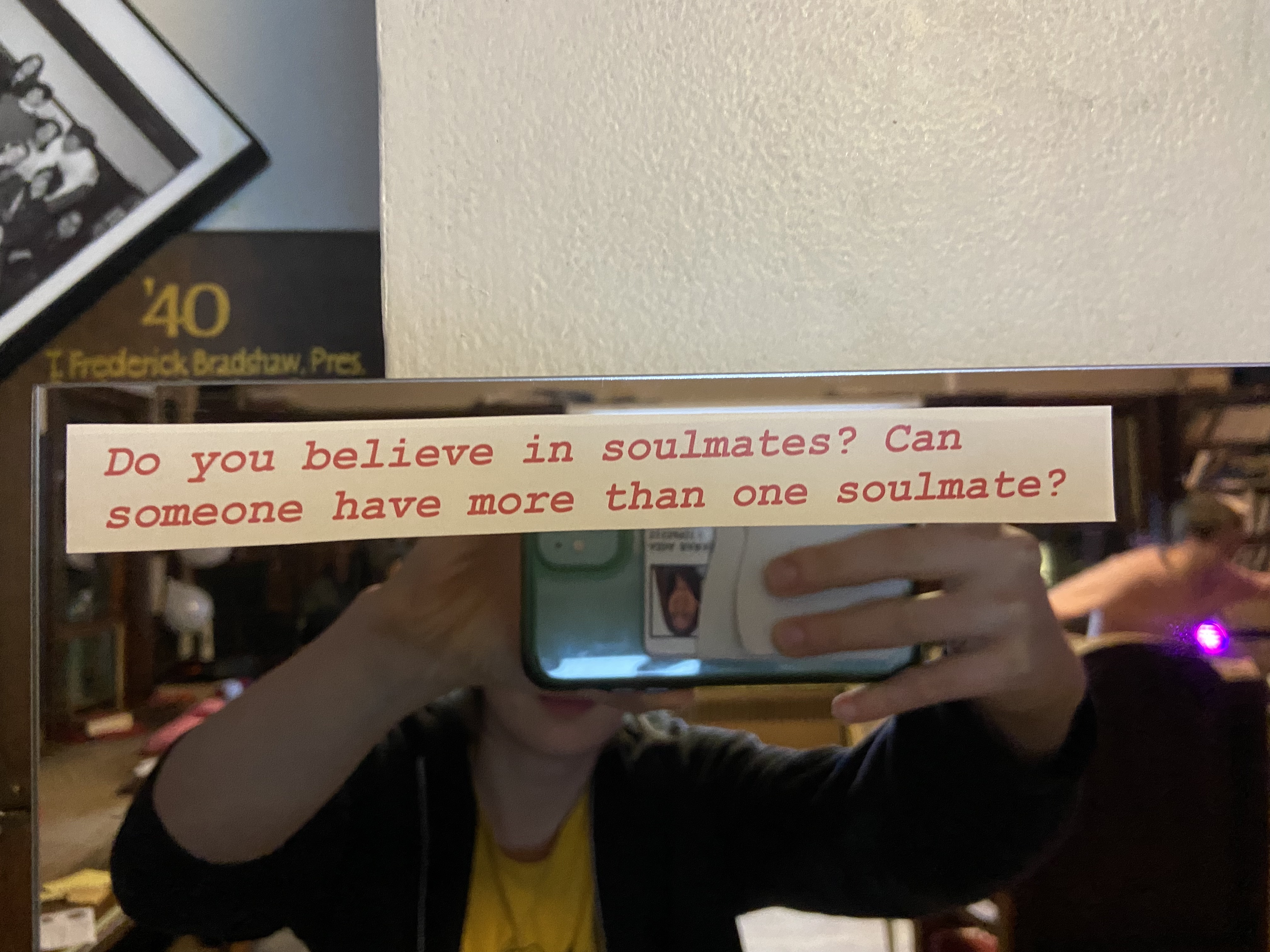
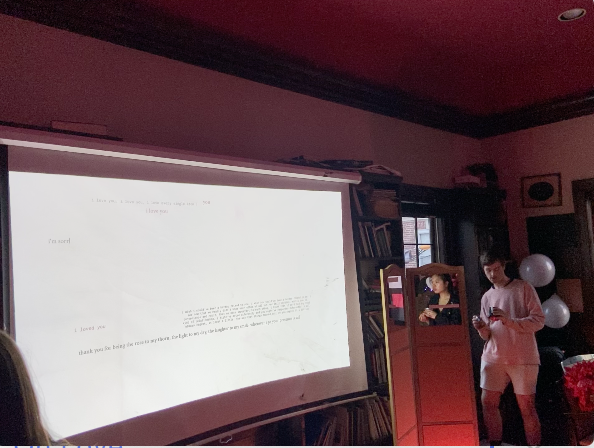
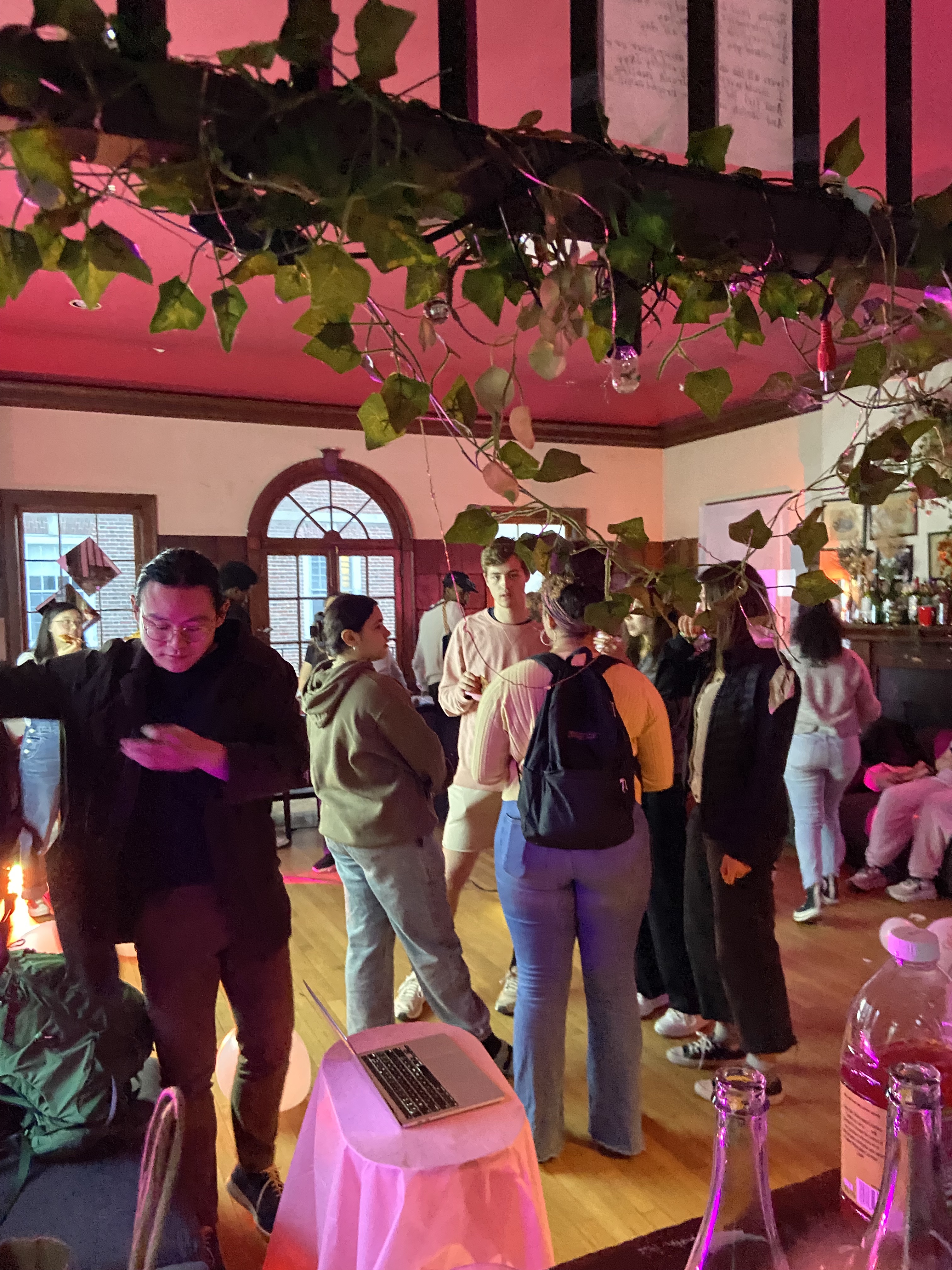

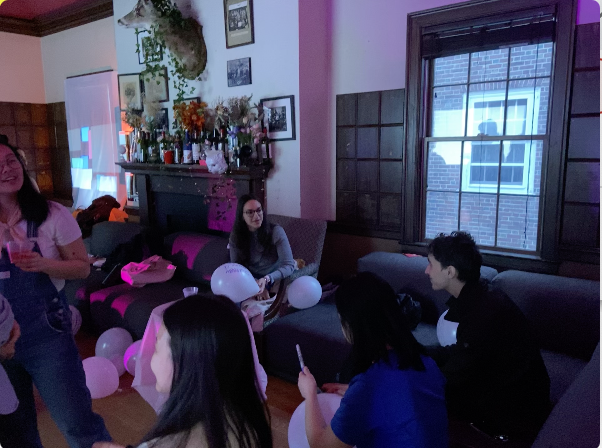
Team
Max Allison ‘25, Aida Baradari ‘25, Alicia Guo (MIT Media Lab), Audrey Chang ‘25, Diana Yue ‘24.Musical Chairs
April 27-30, 2023
Harvard Yard during ARTS FIRST FestivalNovember 9, 2023
MIT Museum during sold-out After Dark event
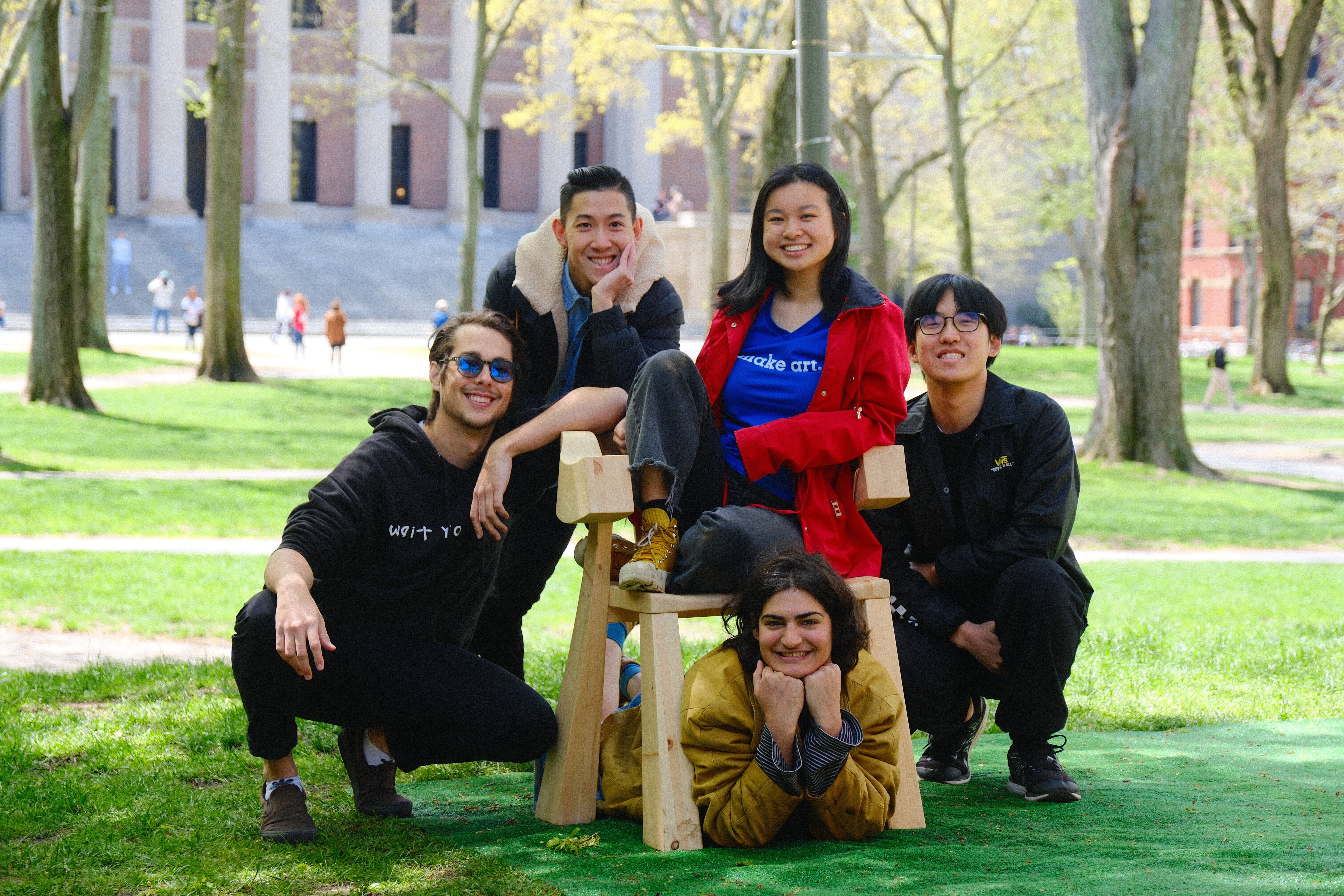
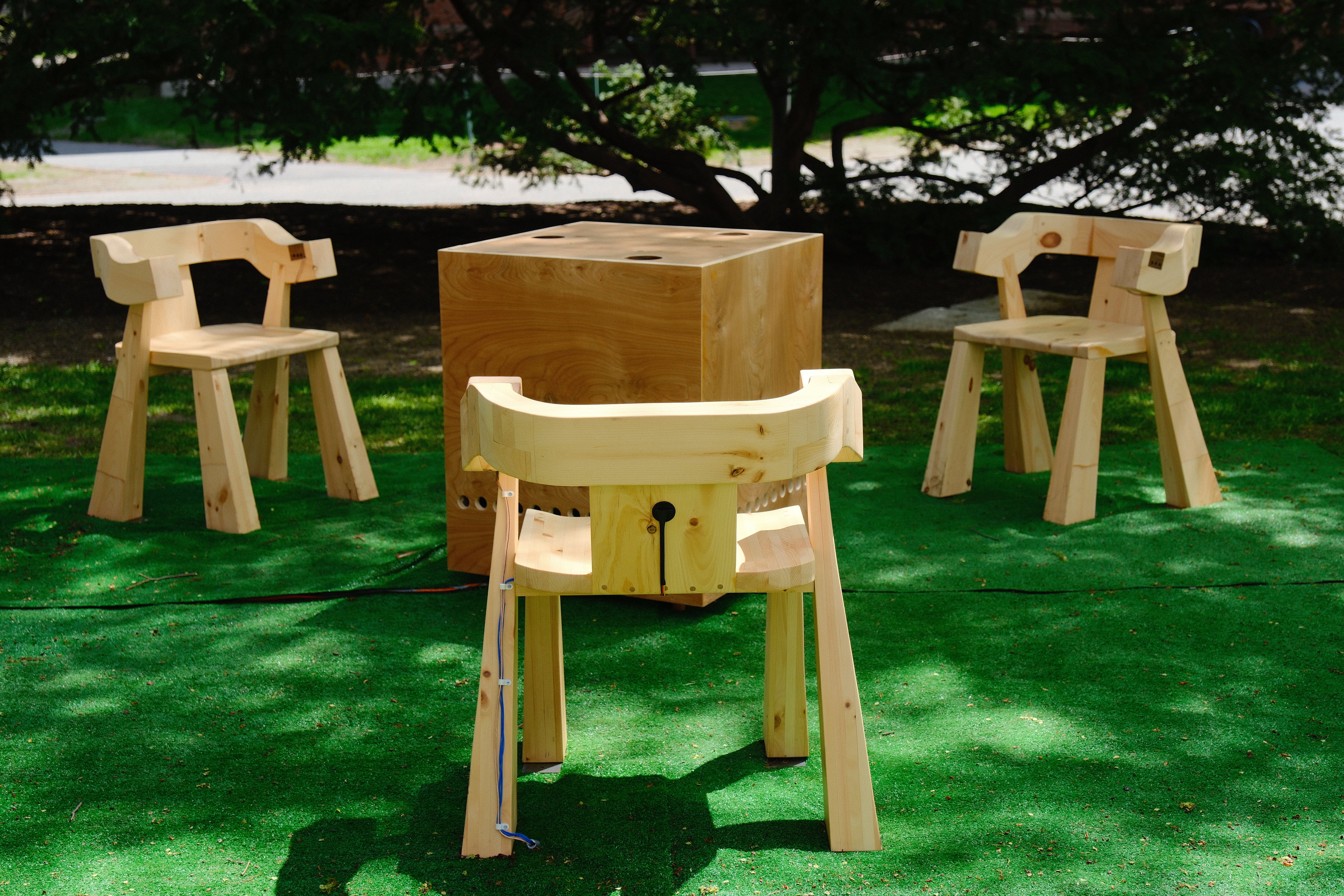

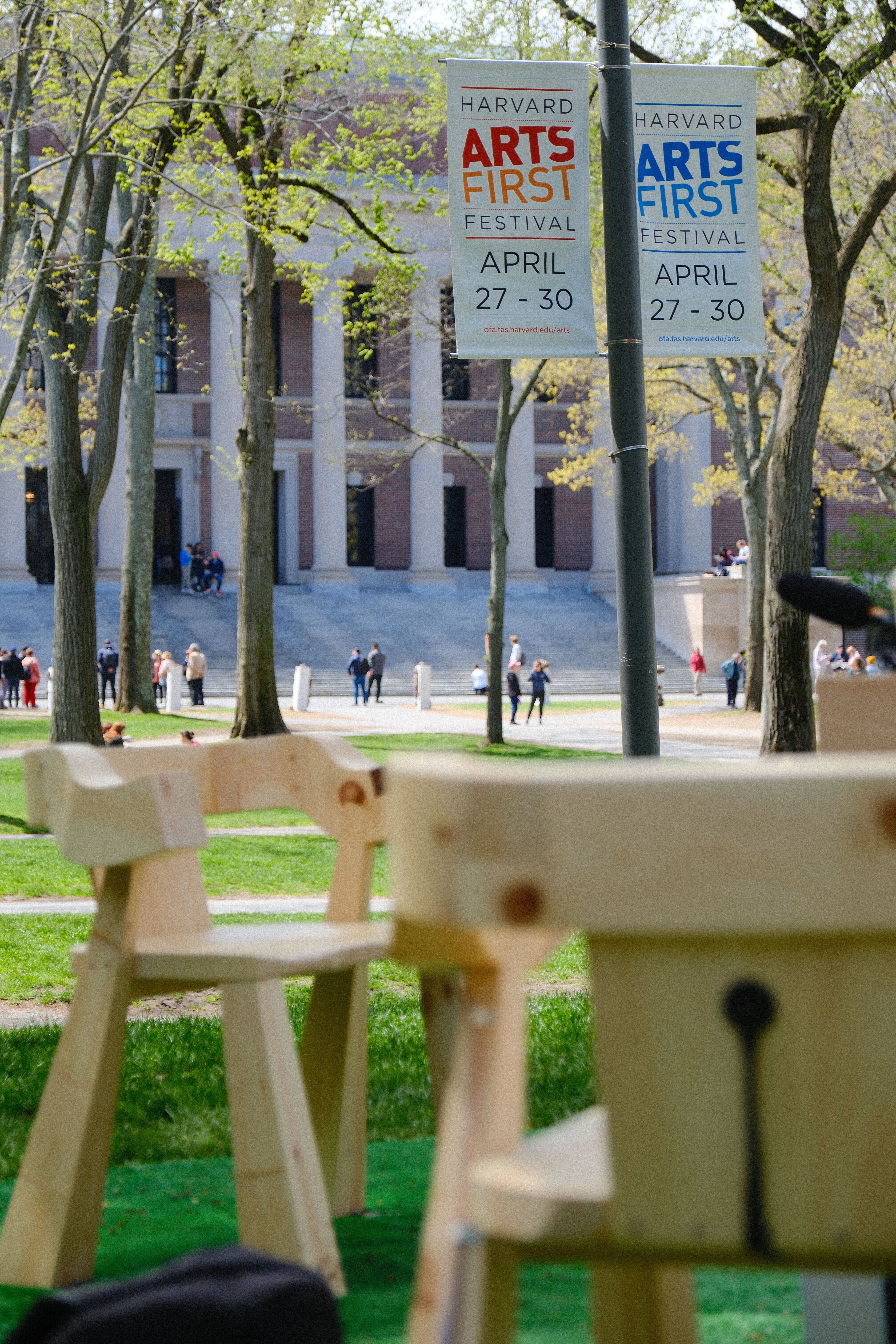



Photos by Ben J. Tang
When we speak, our voices create vibrations that resonate through the minds of listeners and the medium of objects in the room. By storing these vibrational patterns, ordinary objects may thus “remember” an object(ive) history as a complement to listeners’ subjective memories. Musical Chairs reflects on these themes of identity, subjective memory, and oral history, and questions the function of discourse at Harvard and beyond. Through the sonification of social and acoustical phenomena, we connect the improvisational quality of conversation to improvisational music, illuminating the implicit, visceral nature of identity preserved and expressed in spontaneous social exchanges. Then, by using bone conduction speakers to emulate the process of perspective-taking, we illuminate how the creativity, meaning, and productivity of discourse is contingent upon not only asking “who is at the table?” but also actively listening for the answer. More than that, by inverting the competitiveness and exclusivity of its namesake childhood game, we hope that our riff on Musical Chairs fosters a more inclusive and collaborative campus environment for discourse. At once serving as a gathering space, artwork, and sonic archive, Musical Chairs is a setting created from acts of placemaking, highlighting the diverse narrative truths present in every collective of people.
Team
Project Lead & ConceptPeggy Yin ‘25
Carpentry & Fabrication
Tamar Sella ‘25, Chair Design & Build Lead
Chad Gregory Dennis ‘26 (GSD), Fabrication Integration Lead
Sofia Chen ‘26, Design/Build
Wei Chen ‘25 (GSD), Build
Cameron Hosein ‘25, Build
Technology
Jason Wang ‘25, Software Lead
Yiting Huang ‘24, Audio & Technical Integration Lead
Suvin Sundararajan ‘25, Hardware Lead
Music
Ben J. Tang ‘23 (MIT), Sound Design & Audio Engineering Lead
Gabrielle Grant ‘24, harp
Sophie Choate ‘23, soprano
Sophia Lerebours ‘26, soprano
Peggy Yin ‘25, soprano
Ari Cheriyan ‘25, alto
Max Allison ‘25, tenor
Judah Lampkin ‘23, bass
Luis Pabon Rico, (GSAS G1), bass
Contributors
Max Allison, ‘25, Music
Mauricio Cohen Kalb ‘26, (GSD)
Judah Lampkin ‘23, Music
Caine Ardayfio ‘25, Build
Nathan Li ‘25, Build
Adam Mohamed ‘25, Build
Support provided by:
Public Art Program of the Office for the Arts at Harvard, the SEAS Teaching and Learning Group, the AFVS shop team, the REEF makerspace at SEAS, the Sound Lab (Harvard Department of Music), Harvard University Information Technology, Education Support Services (ESS), the Derek Bok Center for Teaching and Learning, the Computing in Engineering Education (CEE) group.
Wormholes
April 14-16, 2023
SOCH & SEC Undergraduate Loungein collaboration with hAR/VRd



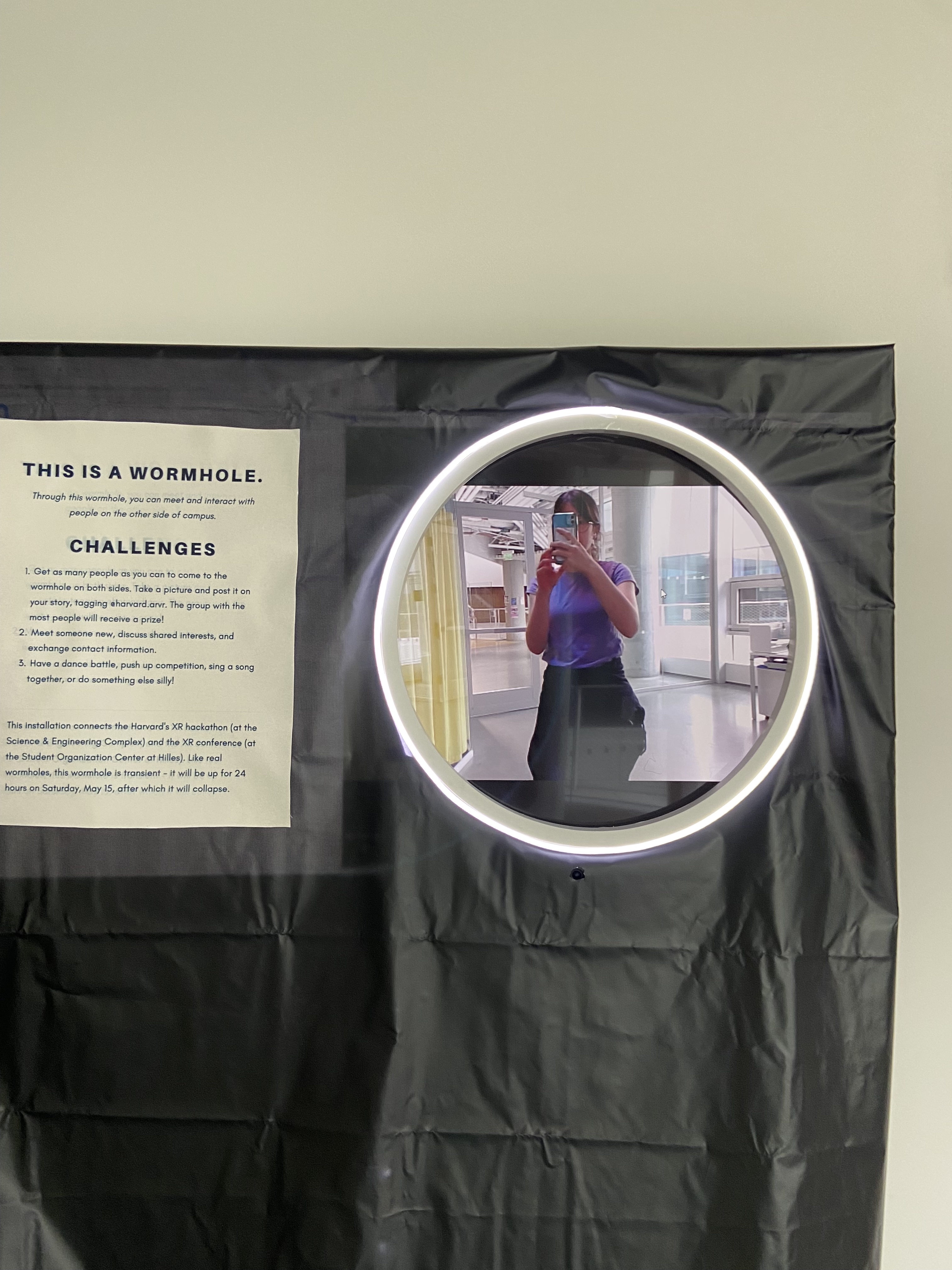

Wormholes is a collection of interactive, audio-visual installations distributed across campus that examine themes of transience, connection, and serendipity. More specifically, these installations will be sensor-projector modules that open up wormholes — bi-directional camera feeds — between people in different places. Located in public areas like hallways and lobbies, these portals activate in pairs — when two people are sensed by installations in different locations, the projector displays a wormhole on the wall, through which both sides can see and interact with each other. And just like that, people and places once separated by distance now become connected across spacetime. The opening of these wormholes open a new dimension of possibilities for people to interact with each other — they could spontaneously run into acquaintances on the other side of campus, make friends with strangers from completely different departments, jointly share confusion, ponder over, or marvel at the absurdity of these space-defiant connections. Together as a community, we can explore the implications of this space-defiant network, critically examining traditional frameworks and the invisible constraints and compartmentalization of our relationships. Ultimately, Wormholes aims to construct an entirely new framework for communication and interaction beyond spacial boundaries, forming a network of spontaneous connections across campus.
Team
Project Lead & ConceptAlice Cai ‘25 & Aida Baradari ‘25
Contributors
Aryan Naveen ‘25
Lindsay Blocker ‘25
Langa Sizibda ‘25
Jackson Moody ‘26
Michael Hu ‘25
Aria Xiying Bao (GSD)
Anhphu Nguyen ‘25
Adam Mohammed ‘25
Support provided by:
SEAS Teaching and Learning Group and the Office for the Arts at Harvard
Edge of an Atlas
January 2023
Liminal InterfacesSEC Undergraduate Lounge
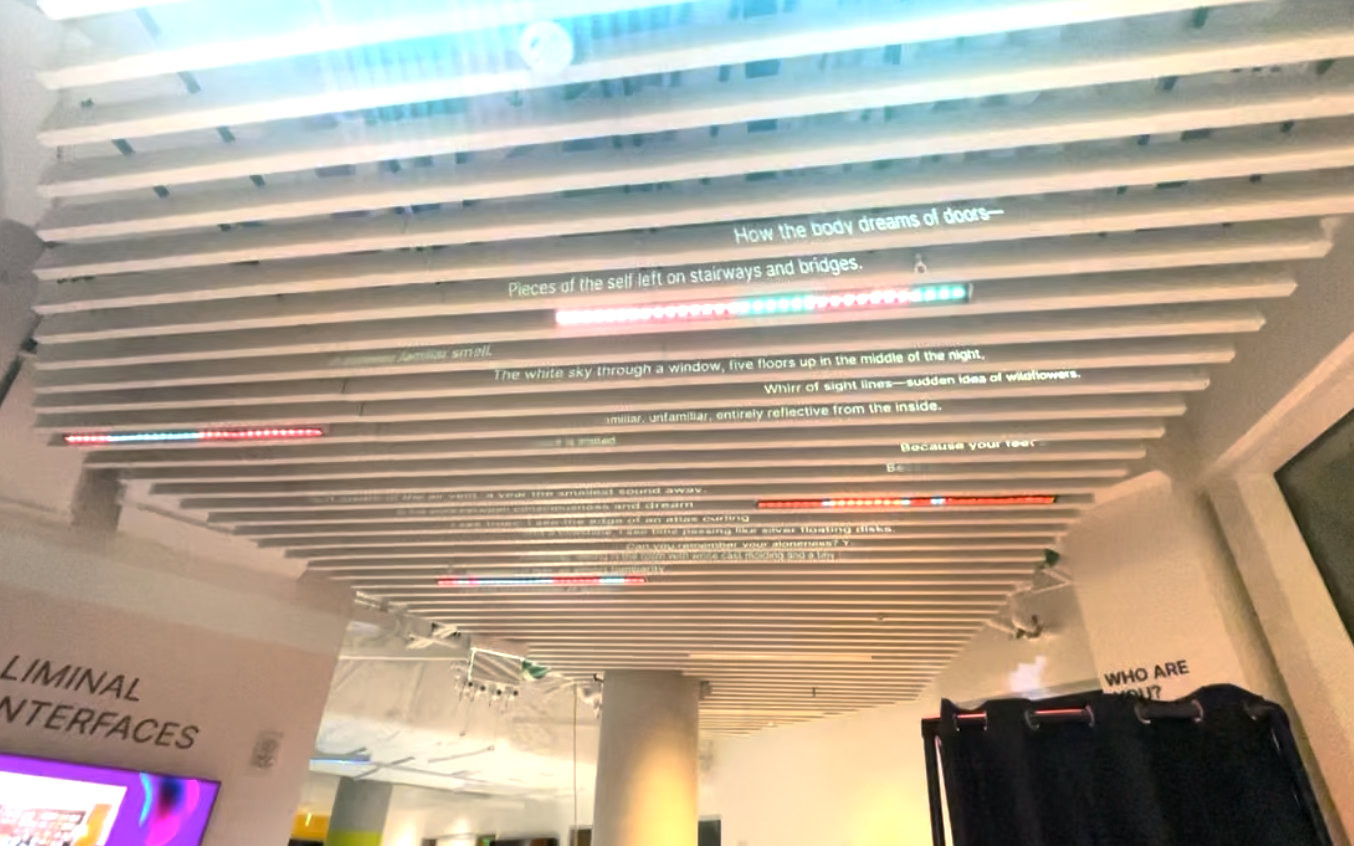
This poem was written to display in the rafters of the exhibit, thus bringing to light how the passageway is a liminal space which would otherwise go unnoticed. The lines draw from images in the residents' projects to describe how liminal spaces are associated with transition, memory, and the in-between flux of familiar and unfamiliar—which creates a strange sense of recognition and return.
Team
Taylor Fang ‘25 (poetry)Peggy Yin ‘25 (projection mapping)